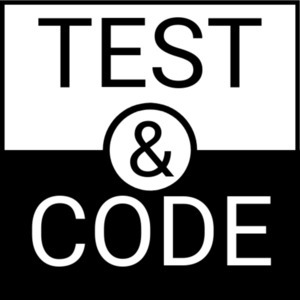A few hours later, I find myself sitting in the “comforts” of my cubicle. The discussion replaying over and over in my head: “An interface with this behavior will integrate with most common language libraries, with no special client code”, I said. The response was: “But then it’s not a design, and the company already decided that’s the route we’re taking.”
I’ve spent many years of my career involved in buzzword dogma discussions. It’s present at all levels of software development, from basic principles, to scheduling, to implementation, its interfaces, its tests, the execution, the infrastructure that runs it and its release mechanisms. Most of the time, people lose track of why or what they are building in favor of claiming they are using some common buzzword, regardless of the effects on architecture, ease of use, customer experience or maintenance costs. My experience shows they don’t even know why the buzzword technology does things a certain way or why someone chose it in the first place. Factual or data-based counterargument results in an almost “religious” discussion and even shaming.
Given today’s ease of communication and the ability to share our experiences, it’s great that we try to educate other folks on the problems we typically face throughout our lives and careers. Especially the principles used in managing their solutions.
Continue reading







